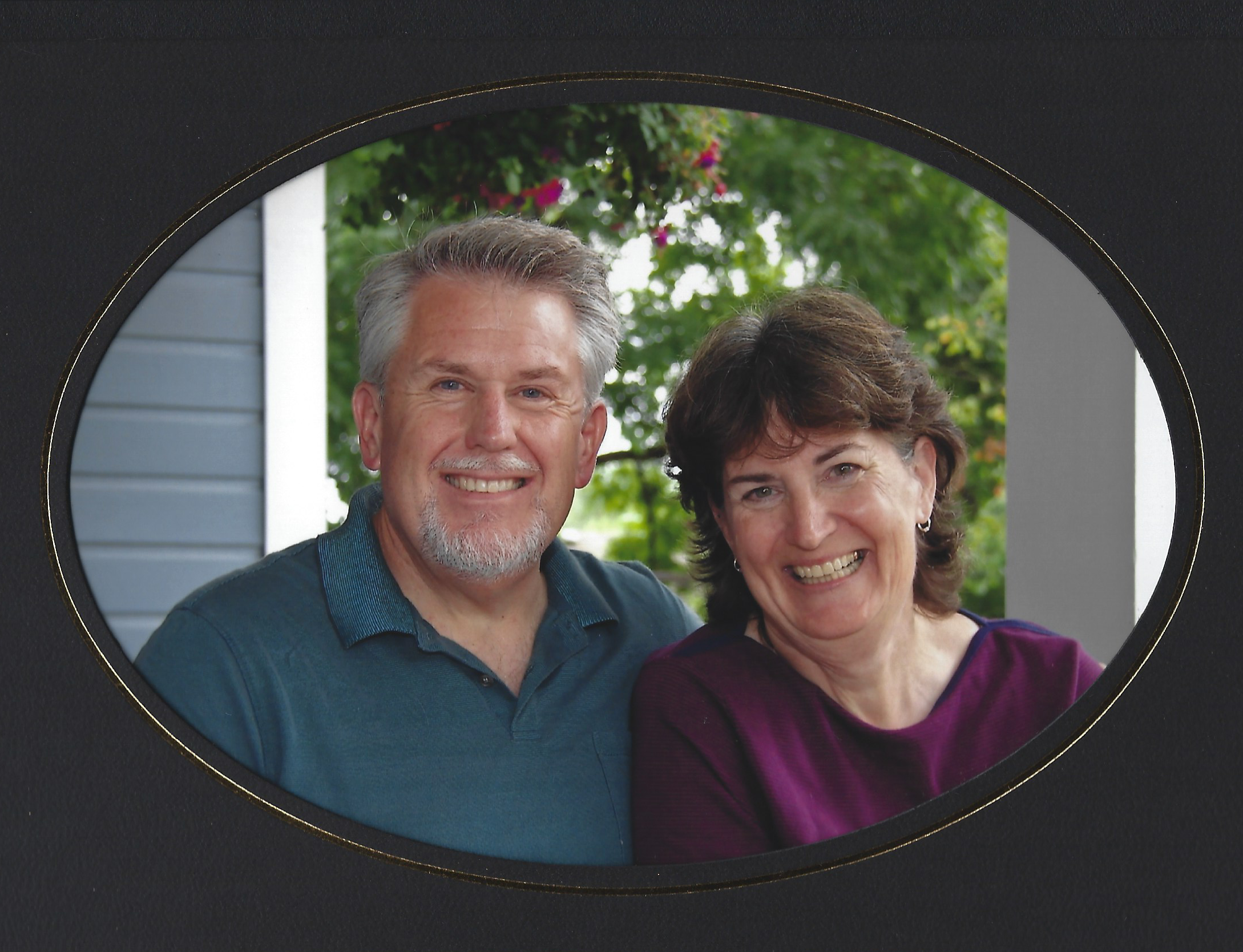Typical symptoms of Trochanteric Bursitis include:
- Pain and swelling occurring over the side of the hip bone (greater trochanter)
- Referred pain that travels down the outside thigh and may continue down to the knee
- Pain when sleeping on your side; especially the affected hip
- Pain upon getting up from a deep chair or after prolonged sitting (eg. in a car)
- Pain when climbing stairs
- Pain in sitting with the legs crossed
- Increased pain when running, walking, cycling or standing for long periods of time
What causes trochanteric bursitis?
Trochanteric bursitis can be caused by an acute injury, prolonged pressure on the affected area, or activities that require repeated twisting or rapid joint movement, such as jogging or bicycling long distances. These activities may lead to irritation or inflammation within the bursa.
Other causes of trochanteric bursitis may be:
- Disc disease of the low back or arthritis of the hip
- Previous hip surgery
- Leg-length inequality
- Improper walking technique due to minor injury or strain
- Overuse of gluteal muscles
- Flat feet or poor shoe choices
- Tight hip or leg muscles
- Spine disease, such as scoliosis, arthritis of the lumbar (lower) spine, and other spine problems
- Bone spurs or calcium deposits
How is trochanteric bursitis diagnosed?
The diagnostic process starts by talking with you about your symptoms and conducting a detailed physical examination. Diagnostic imaging, including X-rays and MRI scans, can be useful for a diagnosis as well.
Most people experience relief from hip bursitis with conservative, nonsurgical treatment. Based on the severity of symptoms, treatment options may include:
- Anti-inflammatory medication
- Cortisone injections
- Orthotics
- Physical therapy
If nonsurgical treatment is not effective, surgery may be appropriate.
What can I do at home to treat trochanteric bursitis?
Home treatment for bursitis includes:
- Rest
- Ice packs to the affected area
- Anti-inflammatory medications to relieve pain and swelling
- Weight loss, to reduce pressure on the hip
- Exercises for the hip and lower back
- Avoiding activities that cause pain

